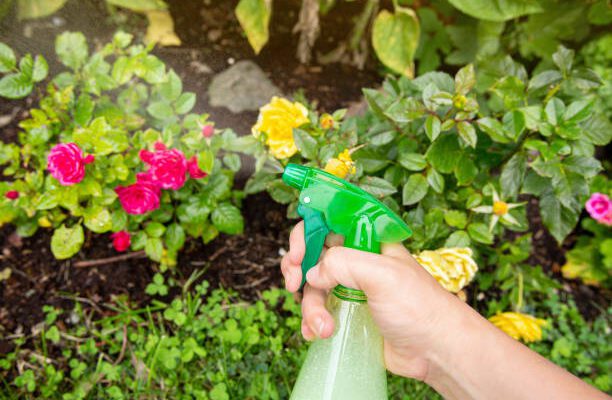There is no quick fix to keep insect pests away from your indoor plants and garden. I’ve picked up a few tips over the years on how to deal with bugs without using harmful chemicals. Here are some of my suggestions, including some homemade insecticides (soap sprays).
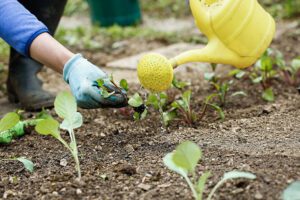 (Photo from istock)
(Photo from istock)
Here a few points to make homemade insecticides:
Consider the following methods to deter insect pests from attacking your plants before using pesticides, even natural ones:
- Use organic fertilizers like aged compost to feed your plants. Robust plants are less likely to be attracted by insects and are better able to survive their attack than weak ones. If you’re using fertilizer, pay strict attention to the directions. Pests will be drawn to overfertilized plants and consume their lush new growth.
- To prevent pests from damaging your plants, especially sensitive transplants, use barriers like row covers. When plants are established and in flower, remove the coverings to allow insect pollination. Moreover, placing “collars” made of cardboard from toilet paper or paper towel rolls around the tiny transplants (1 to 2 inches into the soil) may stop pests like cutworms from eating the tender stems.
- Plantings should be timed to avoid bug population peaks. For instance, so as to avoid squash vine borers, which deposit their eggs in the early to mid-summer, sow squash as soon as feasible. To avoid the carrot fly, plant carrots after June 1 and harvest them by the beginning of September.
About insecticides:
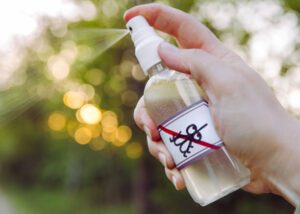 (Photo from istock)
(Photo from istock)
Avoid using harsh chemicals if you have tried all other options and feel you must use a spray. They will pollute the watershed, kill both good and bad bugs, and eventually the insects you are attempting to kill may develop a resistance to those poisons necessitating the employment of more stronger ones, which will do more harm than good. They may also cause harm to you, your kids, and animals and birds.
Making one of these homemade insecticidal sprays can help you take a more natural approach. Remember that although being less hazardous, they are not completely safe. Keep children and pets away from them. Before using them extensively, test them on a few leaves to ensure they won’t harm your plants. They will unquestionably cause foliar damage if you sprinkle them on your plants in the hot, sunny part of the day. When bees and other pollinators are not busy in the evening, spray.
- Soap bar insecticides: Pour 1 quart of water over 1 tablespoon of a light liquid soap, such as castile soap or pure dish soap (no bleach, degreaser, or other additives). Although Dr. Bronner’s soap is pricey, it doesn’t contain any animal fats, making it a decent option for vegans. Soft-bodied insects can be easily killed using insecticidal soaps. Make sure to cover the entire plant, including the stems and both sides of the leaves. Sprays made of soap must be reapplied every 4–7 days or until you see a decline in population because they only operate when they are moist. If rain hasn’t done this for you after a few applications, spritz the plants with plain water to remove any soapy residue.
- Oil spray: Combine 1 tablespoon of mild liquid soap with 1 cup of vegetable oil. Spray your plants as before using a quart of water and 2 to 8 teaspoons of this combination. This spray is good against aphids, thrips, mites, and scale because the oil smothers the insects.
Further steps:
- Tomato leaves insecticide: Tomato leaves can be used as an insecticide since they contain the compounds solanine and tomatine. 2 cups of fresh leaves should be overnight soaked in 1 quart of water. Spray after sifting. In addition to killing aphids and many eating insects, it also draws helpful insects. Because it may transfer illness from plant to plant, avoid using it on other nightshades like potatoes, eggplants, or peppers.
- Garlic spray: In spite of everything you’ve read, garlic works more as a deterrent than a killer. 2 garlic bulbs and 1 cup of water should be pureed and let to soak the next day. In a quart jar, strain the liquid, then add 1/2 cup vegetable oil, 1 teaspoon liquid soap, and the remaining water. Apply to your afflicted plants by placing one cup in a 1-quart sprayer, filling it with water. Aphids, whiteflies, squash bugs, leaf hoppers, and cabbage worms can all be repelled by it.
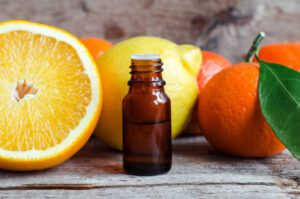 (Photo from istock)
(Photo from istock)
Further steps:
- In addition to working on many insects, hot pepper is a potent deterrent for rabbits, deer, and other animals. 1 quart of water, 1 teaspoon of mild soap, and 1 tablespoon of dried chili powder should be combined. On the plants being attacked, spray vigorously.
- Pepper Spray: If you have a large number of hot pepper plants in your garden, you can produce a fresh mixture by blending 1/2 cup of the chopped peppers with 1 cup of water. Bring 1 quart of water to a boil with the purée added. After let to cool, strain. Spray plants at full power after adding 1 teaspoon of light soap. When using this spray, it could be a good idea to wear gloves and avoid getting it in your eyes.
- Neem Oil Spray: Neem oil, which is produced from the seeds of the neem tree and is a fantastic resource for organic gardeners, is a strong natural insecticide that can interfere with an insect’s life cycle at any stage (adult, larvae, and egg).
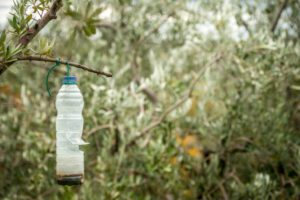 (Photo from istock)
(Photo from istock)
Neem oil “anti feds” insects that consume leaves and other plant parts by messing with their hormones. This oil is a biodegradable, natural fungicide that works well against a variety of common garden bug pests and is excellent against powdery mildew and other plant fungal diseases. It is also nontoxic to pets, birds, fish, and other wildlife. 3 It is sold in a lot of natural food stores and garden centers.
Even though there are a lot more natural pesticides available, including BT (a soil microbe toxic to some insects), milky spore (also a microbe), nicotine (extracted as a tea from bulk tobacco), pyrethrum (derived from a variety of daisies), and iron phosphate (a natural mineral toxic to slugs and snails), the aforementioned natural and homemade insecticide recipes should give you a good starting point for making your own version. Every organic farmer seems to have their own unique mixture and proportion of elements, thus by carefully observing how a certain recipe behaves, you can adjust it to best suit your personal bug conflicts.
Reference:
Almanac
Want to take care for your environment, click on the link below:
How to take good care of the environment

